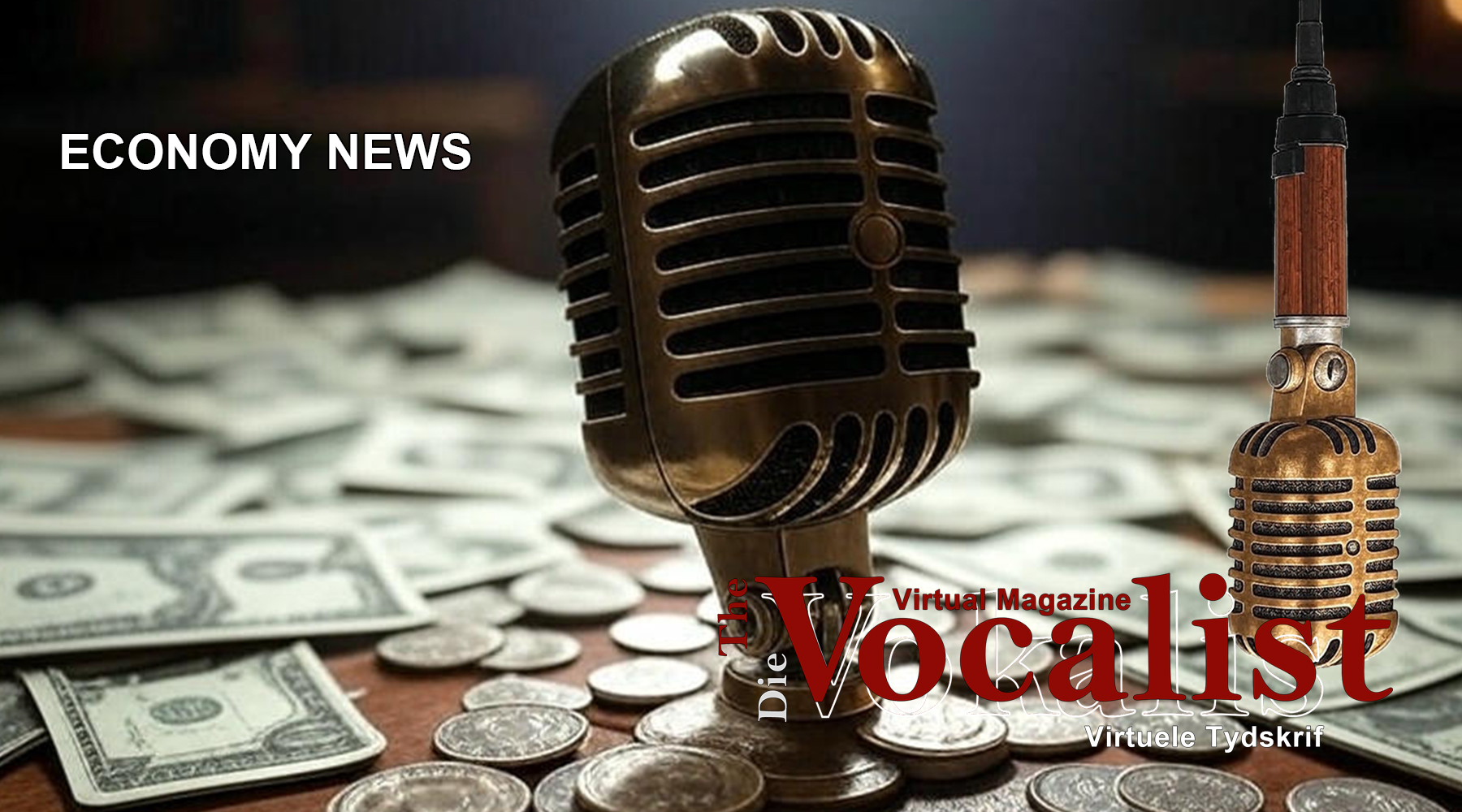The South African music industry is experiencing a financial renaissance, driven by a significant increase in royalty payments from global streaming platforms like Spotify. In 2024, Spotify’s royalty payouts to artists from South Africa, one of its two largest African markets alongside Nigeria, reached an impressive $21 million (approximately R400 million), marking a 54% year-on-year increase. This milestone, reported by industry sources, underscores the growing global demand for South African music and its economic potential for artists in 2025.
The surge in royalties reflects the increasing popularity of South African genres such as Amapiano, Afrobeat, and Gqom on international platforms. Artists like Tyla, who earned $657,800 in the last 30 days across audio digital streaming platforms (DSPs), and Seether, with $290,500, are leading the charge, according to data shared on X. Other notable earners include DJ Maphorisa ($139,400), Kelvin Momo ($105,800), and Black Coffee ($93,800), highlighting the diversity of genres contributing to this economic boom. These figures, while specific to a short timeframe, indicate a broader trend of sustained growth in streaming revenue, which is expected to continue into 2025 as more South African artists gain global traction.
This financial windfall is not just a win for established artists but also a beacon of opportunity for emerging talents. The accessibility of streaming platforms has democratized music distribution, allowing independent artists to reach global audiences without relying on traditional record labels. For instance, artists like Griffith Malo and Exte C, who recently released hits such as MIND OVER MATTER and BE (Dub Radio Edit), are capitalizing on this trend, with their music gaining traction on platforms like Afropami.com. The economic impact is further amplified by the fact that streaming royalties provide a steady income stream, unlike the one-off payments from physical sales or live performances, which can be inconsistent in South Africa’s volatile economic climate.
However, challenges remain. The South African Music Performance Rights Association (SAMPRA) has highlighted ongoing issues with royalty distribution, particularly with public broadcasters like the SABC, which have faced criticism for failing to pay artists promptly. A 2021 post on X by @insightfactor noted SAMPRA’s legal action against the SABC to compel payment, a reminder that systemic issues in royalty collection persist. Despite these hurdles, the overall trajectory is positive. Industry experts predict that with South Africa’s growing influence in global music festivals, such as Hey Neighbour, where Doja Cat is set to headline in December 2025, and Milk + Cookies Music Week, which featured artists like DJ Kent and Zakes Bantwini, the economic prospects for musicians will continue to strengthen.
Looking ahead to 2025, the focus for South African artists will be on leveraging streaming platforms to maximize earnings while advocating for fair royalty distribution systems. The government’s economic diplomacy efforts, as outlined by the Department of International Relations and Cooperation, aim to attract foreign direct investment to support creative industries, potentially creating more opportunities for musicians. As South Africa takes the G20 Presidency in 2025, there is hope that cultural exports, including music, will be prioritized to drive economic growth. For now, the message is clear: South African musicians are not only shaping global soundscapes but also reaping significant economic rewards, setting the stage for a vibrant 2025.
Discover more from Vocalist
Subscribe to get the latest posts sent to your email.




